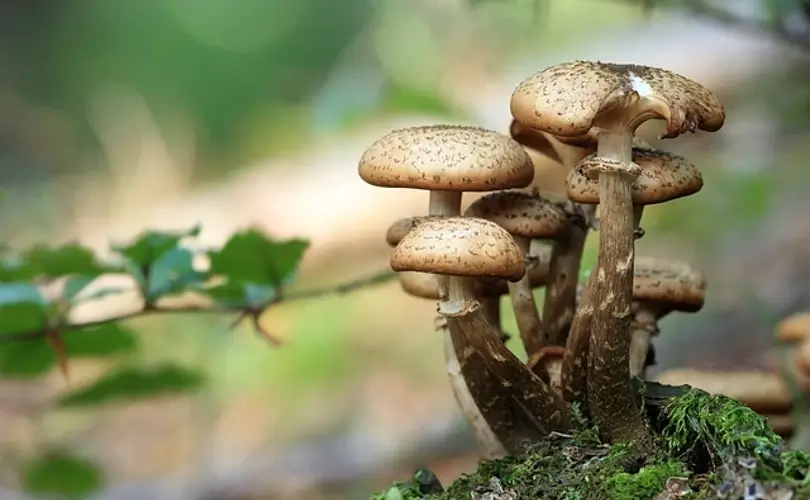Where to Look for the Best Mushrooms and How to Collect Them
While mushroom picking is a fun outdoor sport, it does require some planning to ensure a successful outing. Bring a journal to record your discoveries, the locations of your favorite mushroom forays, and a reliable field reference.
How to Identify Useful Mushrooms in Your Environment
One of the most typical foraging blunders is collecting every mushroom. However, this could be hazardous to the health of the mushrooms you’re attempting to harvest, resulting in an overabundance of spores that need to be more acceptable in the area.
To reduce the likelihood of damaging the environment, pick only a few at a time and avoid disturbing the soil around you too much. You should also avoid harvesting mushrooms unless you are confident they are safe to consume and have been positively identified as edible.
Mushrooms growing on someone else’s property are also prohibited since they insult. This is because it is unlawful in many countries to harvest mushrooms from private land. Before going mushroom hunting, you should research your country’s laws to prevent penalties or even jail time if you are found. Again, it’s preferable to look for fungi on the ground.
Michael Potter, an organic farmer at Oregon’s Northwood Farms, believes mushroom production thrives in fungi-rich rather than bacteria-rich soils. In addition, fungal development is more likely in locations with a high concentration of decomposing organic materials, such as fallen leaves and decaying tree trunks.
If you’re serious about foraging, you may even acquire a soil test from a local nursery to determine what plants grow in your area. Then you can establish where the best selection opportunities are confident.
The Appropriate Time to Make a Decision
When deciding, remember that mushrooms need to mature before they can be picked. Therefore, waiting until the mushrooms have contracted and are ready to open their caps is better. The cap’s size, color, and texture are just a few visual indicators to look for.
What time of day is optimum for selecting mushrooms varies entirely on the type of mushroom you’re looking for. Unlike morels, which can be collected when the caps begin to split open, shiitakes must have their caps fully open before being harvested. Shiitake is the name given to one type of mushroom.
Even for expert mushroom hunters, the three days between pinnae opening and veil breaking are a decent overall indicator of when it is safe to harvest. Knowing when to harvest is essential for a successful foraging journey and can save time and effort.
The Best Location to Select
You should focus on recently visited regions when looking for the finest spots to pick mushrooms. That could be a newly burned stretch of land or a track through the woods with little foot traffic. Morels are common in these areas due to their preference for disturbed soil and inability to survive in too-wet soil. Next, follow a little river or creek downstream to find mushrooms.













